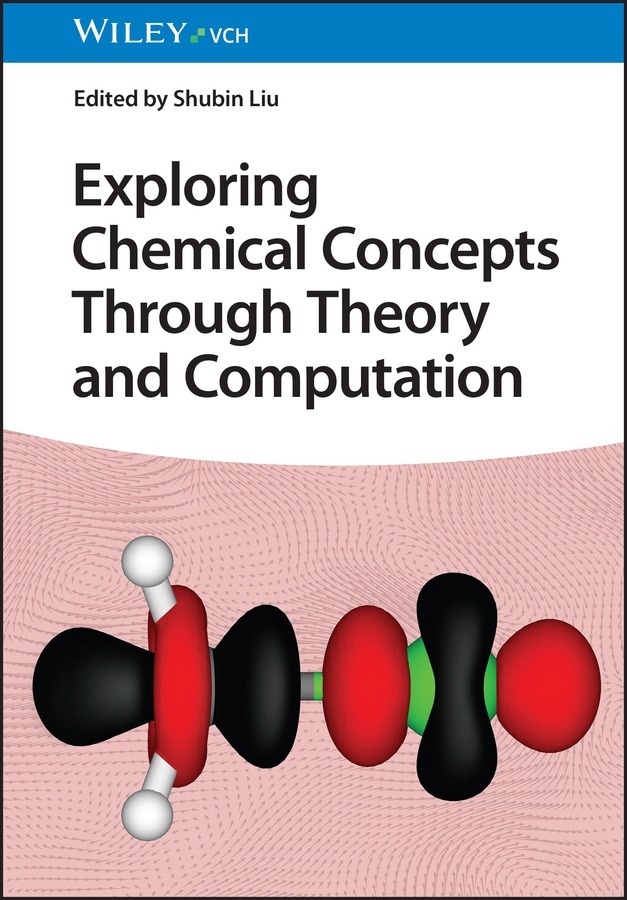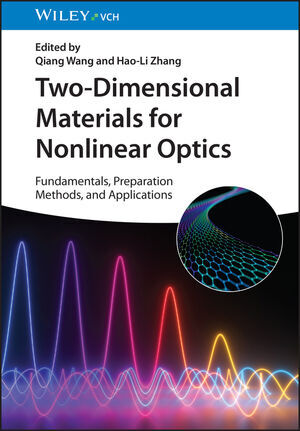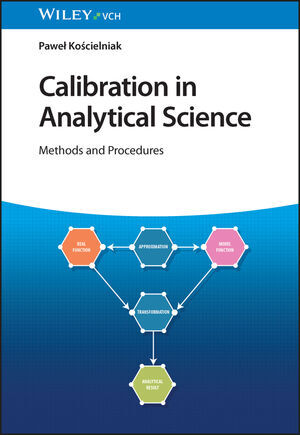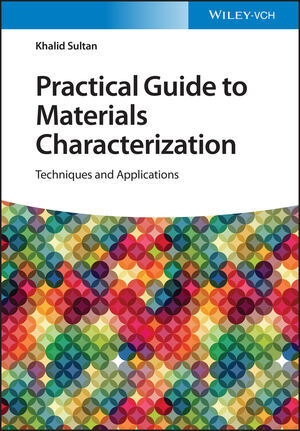Formulas, Facts and Constants
For Students and Professionals in Engineering, Chemistry and Physics
Formulas, Facts and Constants
For Students and Professionals in Engineering, Chemistry and Physics
This book provides a handy and convenient source of formulas, conversion factors and constants for the student as well as the professional. An extensive collection of the fundamental tools of mathematics, constantly needed in every area of the physical sciences and engineering, has been compiled. The International System of Units of measurement (SI) is given in detail and convenient tables for conversion between different units have been included. As a manual in the laboratory and for problem-solving a collection of frequently needed data and constants is given. Formulas and tables have been amended by examples in all of those cases where their use might not be self-explanatory. For the second edition, a chapter on "Error Analysis" as well as an Index for easy entry have been added.
1 Basic mathematical facts and figures
1.1 Signs and symbols1.2 Numerical constants
1.3 Exponentials and roots
1.4 Logarithm
1.5 Compi ex numbers
1.6 Factorial
1.7 Mensuration formulas
1.8 Solid angle
1.9 Trigonometric functions
1.10 Relations between sides and angles of a triangle
1.11 Hyperbolic functions
1.12 Algebraic equations and solutions
1.13 Calculus
1.14 Series
1.15 Polynomials
1.16 Special functions
1.17 Fourier transformation
1.18 Vectors and vector analysis
1.19 Solution of important differential equations
2 Units, conversion factors and constants
2.1 The international system of units (SI)
2.2 Conversion factors listed by physical quantity
2.3 Conversion factors in alphabetical order
2.4 Atomic units
2.5 X-ray units
2.6 Electrical units maintained by the Bureau International des Poids et Mesures (BIPM)
2.7 Relations between fundamental constants
2.8 Values of fundamental constants
2.9 Index of refraction of air
3 Spectroscopy and atomic structure
3.1 The electromagnetic spectrum
3.2 Energy-level diagram
3.3 Spectral lines for transitions between Rydberg terms
3.4 Quantum numbers specifying states of an atomic electron
3.5 Anguiar momentum
3.6 Term designation
3.7 Selection rules for electric dipole transitions
3.8 Schematic diagram of X-ray lines and terms
3.9 Wavelength of prominent spectral lines
3.10 Resonance lines of noble gas atoms
3.11 Atomic data
4 Basic wave mechanics
4.1 Schrödinger equation
4.2 Hydrogenic state functions
4.3 Expectation values for the radial distance
4.4 Expectation value for the root mean square velocity
4.5 Dipole moments
4.6 Values of hydrogenic radial transition integrals, $$\left\langle {n\ell \left| r \right|n'\ell '}\right\rangle = \int {{R_{n\ell }}{R_{n'\ell '}}{r^3}dr}$$, in units of the Bohr radius
5 Facts, figures and data useful in the laboratory
5.1 Fundamental relations of vacuum practice
5.2 Electronics
5.3 Digital electronics
5.4 Electrons
5.5 Radiation
5.6 Calibration sources frequently used in nuclear spectroscopy
5.7 Count loss correction
5.8 Material constants and other data
5.9 Error analysis.
Contents: Basic mathematical facts and figures
Units, conversion factors and constantsSpectroscopy and atomic structure
Basic wave mechanics
Facts, figures and data useful in the laboratory
Subject Index.
Fischbeck, Helmut J.
Fischbeck, Kurt H.
| ISBN | 978-3-540-17610-7 |
|---|---|
| Medientyp | Buch |
| Verlag | Springer, Berlin |
| Umfang | XV, 260 Seiten |
| Sprache | Englisch |











